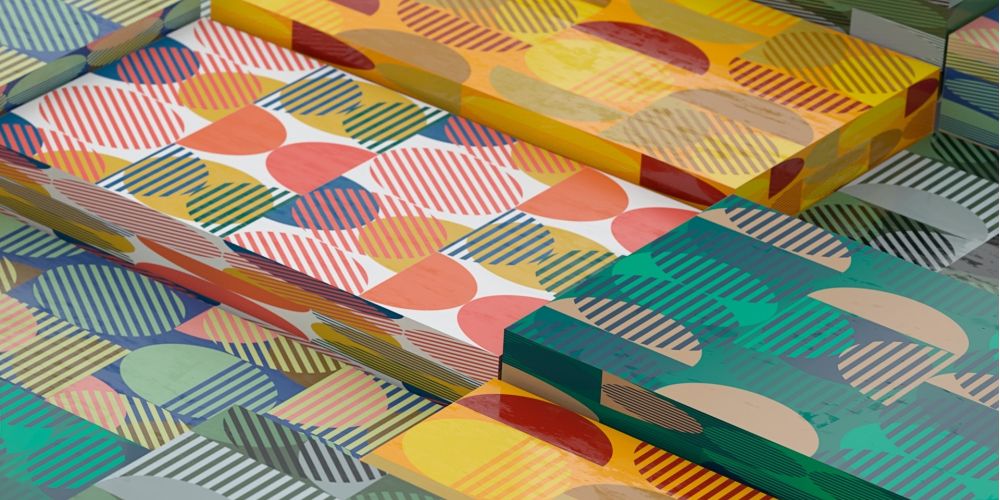Seaweed Packaging: Challenges and Solutions for Sustainable Innovation

Introduction
The world is facing a growing environmental crisis due to the excessive use of single-use plastic packaging. In response to this challenge, researchers and innovators are turning to the oceans for sustainable alternatives, and macroalgae, commonly known as seaweed, is emerging as a potential game-changer in the quest for eco-friendly packaging solutions. However, developing market-viable bio-based packaging from macroalgae is not without its hurdles. In this article, we will explore the key challenges and innovative solutions in harnessing the potential of seaweed for sustainable packaging.
Challenges
Material Durability
Challenge: Seaweed-based packaging materials are often perceived as less durable than conventional plastics. They must withstand various environmental conditions, including moisture, UV radiation, and physical stress.
Solution: Researchers are developing methods to enhance the durability of seaweed-based materials through modifications and coatings. Hybrid materials, combining seaweed with other polymers, can improve strength and resilience.
Scalability of Seaweed Cultivation
Challenge: To meet the global demand for packaging, large-scale seaweed farming is required. However, scaling up seaweed cultivation while ensuring sustainability can be complex.
Solution: Implementing Integrated Multi-Trophic Aquaculture (IMTA) systems, which combine seaweed farming with other marine species, can reduce the environmental impact. Collaboration among stakeholders, including governments, researchers, and industry, is essential for scaling up sustainably.
Processing Techniques
Challenge: Developing efficient and cost-effective processing techniques for seaweed-based materials, including extraction and conversion, is vital for market viability.
Solution: Continuous research into innovative processing methods, such as enzymatic treatments and mechanical processing, can improve efficiency and reduce costs. Collaboration with the food and pharmaceutical industries can also provide insights into existing seaweed processing technologies.
Regulatory Compliance
Challenge: Meeting regulatory requirements for packaging materials, including safety and quality standards, can be complex and may vary by region.
Solution: Collaborating with regulatory bodies to establish clear guidelines for seaweed-based packaging materials is crucial. This can provide confidence to manufacturers and consumers alike.
Consumer Acceptance
Challenge: Convincing consumers to adopt seaweed-based packaging requires overcoming skepticism and building trust in the material’s safety and effectiveness.
Solution: Effective communication and education campaigns can raise awareness about the benefits of seaweed-based packaging, such as biodegradability and reduced environmental impact. Certification labels can also help consumers make informed choices.
Takeaways
Seaweed-based packaging holds immense promise in the transition towards sustainable and eco-friendly alternatives to single-use plastics. By addressing challenges related to material durability, scalability of seaweed farming, processing techniques, regulatory compliance, and consumer acceptance, the industry can overcome hurdles and drive innovation in sustainable packaging solutions.
As we look to a future where environmental responsibility is paramount, seaweed-based packaging offers a compelling option. By fostering collaboration among researchers, industry players, and regulatory bodies, we can accelerate the development of market-viable seaweed packaging, reduce plastic pollution, and contribute to a healthier planet.
References:
Neiva, J., & Pearson, G. A. (2016). Integrating seaweeds into marine aquaculture systems: a key toward sustainability. Journal of Phycology, 52(5), 821-837.
Alboofetileh, M., Rezaei, M., Tabarsa, M., & You, S. (2019). Development of biodegradable films from extracted cellulose of brown seaweed, Sargassum angustifolium, and their physico-mechanical properties. LWT-Food Science and Technology, 102, 475-483.
Koller, M., Muhr, A., Braunegg, G., & Pseudomonas spp. as Seaweed Biofilm Forming Microorganisms. (2014). Isolation, Characterization, and Factors Influencing Attachment. Marine Biotechnology, 16(3), 331-341.









